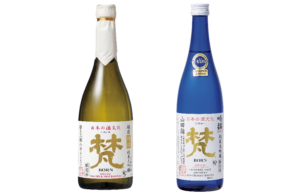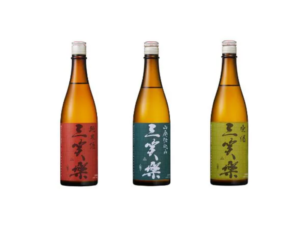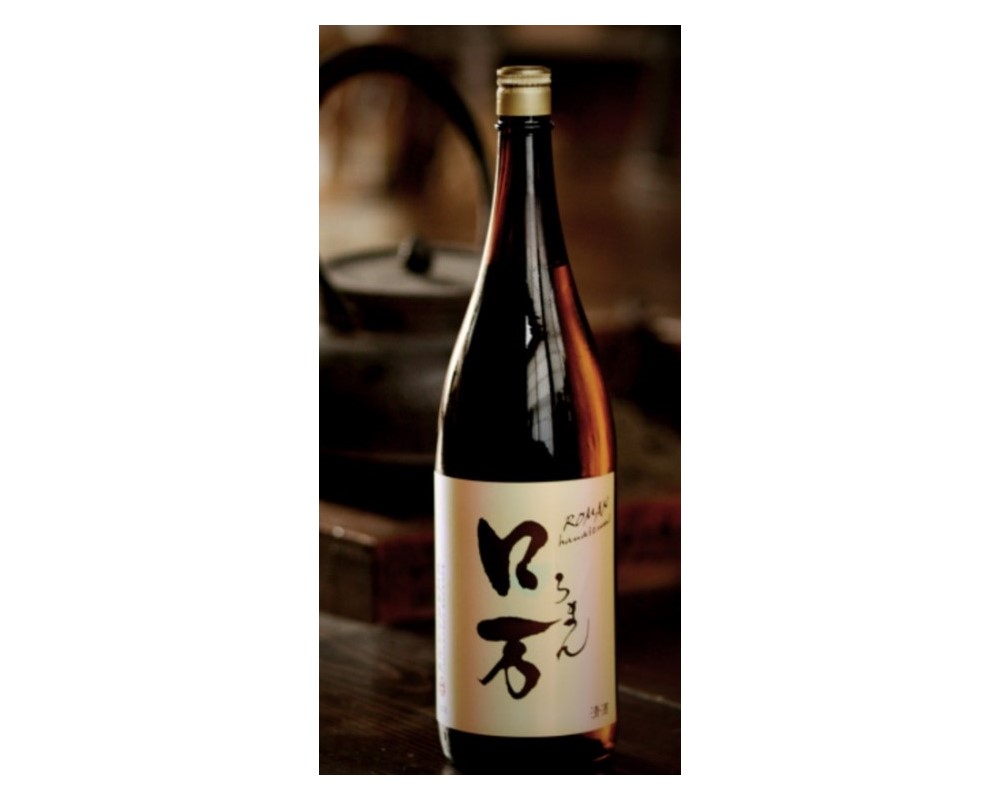
ROMAN is brewed Minami Aizu District, Fukushima.
Contents
Where the name ROMAN came from
The name ROMAN looks easy to read at first glance, but it is actually more difficult than you think. A combination of a katakana "ro(ロ)" and the kanji "man(万)", reading as ROMAN (ロ万), is not very common. Minamiaizu, where the Hanaizumi Brewery is located, is a region rich in nature, but also receives heavy snowfall, and the population is on the decline*1.
With fewer people, less alcohol is consumed. The President of the brewery, Mr. Hoshi, wanting to revitalize the local community, wanted to brew a sake that would meet the needs of the times. However, his vision reaches an impasse. He even could not think of a name for the sake.

Without a name, the image of the sake as a product cannot be determined.
He drew a picture of a container of sake on a piece of paper and wrote "Ichi-go(一号)" on it, meaning the first sake to be brewed, but the kanji ”号“ looked to him to resemble two separate characters of ”ロ“ and ”万”, and he read it as “ro-man”. "This is it!" Mr. Hoshi thought. This was the moment in 2007 when the sake "ROMAN" was born.
The word “roman”, originally derived from a French word meaning “novel”, now has a meaning of that which fulfills a longing for dreams or adventure. There would be no better name for the challenge of a new product than this charming combination of Katakana and Kanji.
Ref.: Kotoba-no Imi Dictionary https://word-dictionary.jp/posts/1700
Note 1:Population transition in Minami Aizu District
| 1995 | 2000 | 2005 | 2010 | 2015 | 2020 |
| 36,541 | 34,988 | 32,913 | 29,893 | 27,149 | 24,263 |
The ROMAN series
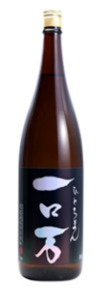
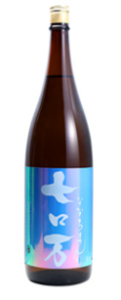
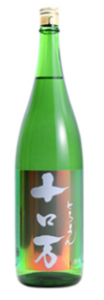
The kanji numerals, indicating the serial nature of ROMAN, come before the name.
HITO-ROMAN (一ロ万) is for January (一月: the first month)which is a month of celebration for a new coming year. It is a junmai ginjo unpasteurized sake.
NANA-ROMAN (七ロ万)celebrates the seventh month, July (七月), for the starting of a sake brewing year*2. It is a Junmai Ginjyo sake once pasteurized with a mild aroma. Best for summer.
TO-ROMAN(十ロ万)is for October (十月: the tenth month), when the season of full-scale sake brewing begins. October 1 is also designated as the Day of Japanese Sake*3, making it an important month for breweries. It is the autumn release of ROMAN, which has been slowly matured in the brewery.
Note 2:The general fiscal year is from April 1 to March 31, but the sake fiscal year begins on July 1. It is called the sake brewing year (brewing fiscal year) denoted by BY (Brewery Year).
Note 3:October 1 is the Day of Japanese Sake, established in 1978 by the Central Association of Sake Brewers of Japan. It is said that this day was chosen because the Chinese character for "rooster" in the Chinese zodiac represents the tenth sign of the Chinese zodiac, and the Chinese character for "rooster" originally meant "sake”.
Ref: Sake-times HP: https://jp.sake-times.com/knowledge/word/sake_sake_day
There are more in the series including "KASUMI ROMAN", a light cloudy sake with a hint of snowy scenery, "HANAMI ROMAN", a low-alcohol sake suitable for cherry blossom viewing season, and other seasonal products .
The rice used for the sake is "Gohyaku-mangoku" and "Yume-no-Kaori" grown in Aizu, and the yeast is "Utsukushima Yume Yeast," a prefectural yeast*4. Furthermore, the brewers are from the Minamiaizu Nango area, which shows the thorough commitment to the local community.
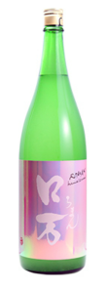
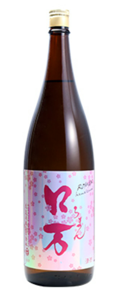
Note 4:Prefectural yeast
Kyokai yeast is a yeast distributed by the Brewing Society of Japan, whereas prefectural yeast is a yeast independently researched and developed by prefecture.
Ref: “Nihonshu- no-motoi” 2nd edition, 2020
The HANAIZUMI 「花泉」 Series
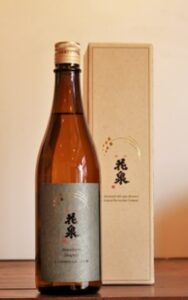
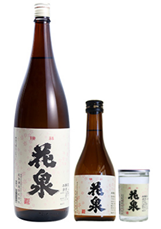
One of the two major brands along with "ROMAN" is "HANAIZUMI," a series so traditional that the brewery changed its name from the sake.
On the left is the "Inaho Series," which includes daiginjo, ginjo, and special junmai.
The "Hanaizumi" written in brush stroke letters on the right side is a dry honjozo sake that can be said to be basic of HANAIZUMI.
The Nango area, where the brewery is located, is famous for its "hime-sayuri" (lily of the valley) as it has been selected as one of the 100 best water source forests by the Forestry Agency*5.
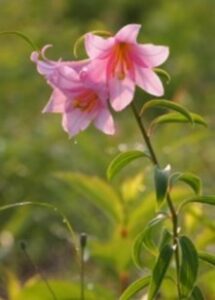
Therefore, the sake was named HANAIZUMI (meaning "flower spring" in Japanese), as it is brewed with water from a spring in the area where Himesayuri flowers grow in clusters.
Note 5:The 100 best water source forests were selected by the Forestry Agency in 1995.
The role of forests is indispensable for creating and maintaining a safe and livable national land, and these forests were selected as representative forests where an ideal relationship between forests and people has been created with water as a mediator.
Ref: Forestry Agency HP:
https://www.rinya.maff.go.jp/j/suigen/hyakusen/
About Typeface and Labels
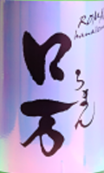
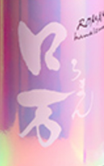
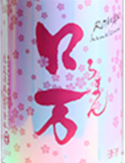
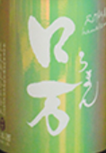
The typeface was handwritten by Mr. Hoshi himself, adding a unique design. Mr. Hoshi says, "It is important for labels to be easily recognized. The color of each label is designed to have a sense of uniformity and to remind people of the season.”
Junmai Ginjo, sold year-round, has basic black lettering.
The KASUMI ROMAN (Kasumi: misty or hazy), a junmai ginjo with a light cloudy type that evokes the image of snow, is white.
HANAMI ROMAN (Hanami: cherry-blossom viewing) is studded with cherry blossoms.
SATSUKI*6 ROMAN, which celebrates the joy of completing rice planting, represents the green seedlings in the rice fields around May.
Note 6:Satsuki is the fifth month of the lunar calendar.
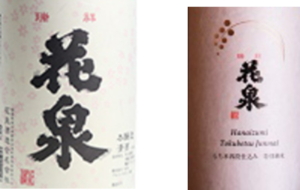
The HANAIZUMI series of brush strokes preserves tradition. In the Inaho series on the right, an illustration of an ear of rice symbolizes softness both in appearance and taste.
Four-stage brewing with Mochi-rice (sticky rice)
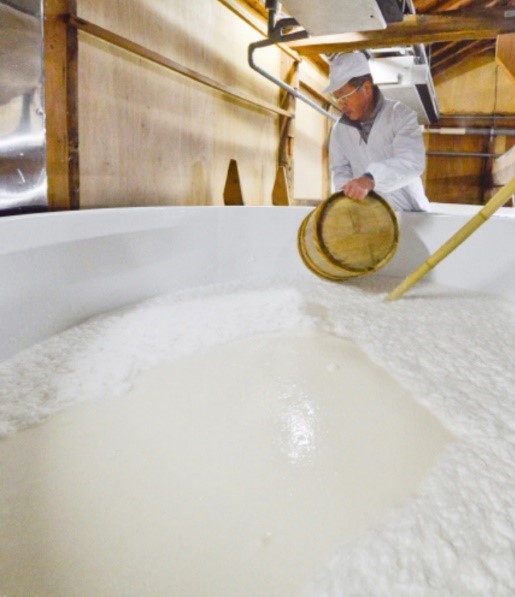
A notable process of brewing by Hanaizumi Brewery is the four-stage brewing with Mochi-rice (sticky rice).
Sake is usually brewed in a "three-stage brewing process," in which water, koji, and sake rice are poured in three separate batches to make the moromi (mash), which is the base of the sake. Hanaizumi Brewery uses a sticky rice four-stage brewing method, in which steamed sticky rice is brewed hot after the three-stage brewing process.
Also recently, as this brewing process is taken under appropriately cooled down temperature, it yields an even more beautiful and fruity aroma as well as a softness and umami that can only be achieved by four-stage brewing with sticky rice. The velvety and melty textures that are unique to sticky rice also remain in the sake.
According to Mr. Hoshi, "It is like the Daifuku (Japanese bean paste bun) wrap stretching. The sake taste is not yet approachable right after opening the bottle, but when you leave it for two or three days, it gets settled and becomes much more rounded.”
There are only a few breweries in Japan that use this method, and Hanaizumi Brewery is the only one that uses it for all of its sake brands, including ginjo-shu.
Note 7:The reason for three-stage brewing is that if a large amount of rice and water is added at one time, the concentration of starter culture and density of yeast decrease rapidly, and the risk of cultivating unnecessary microorganisms increases.
Ref: “Nihonshu-no-motoi” 4th edition
About Hanaizumi Brewery

Established in 1920 as Nankai Brewery. The Nango area where the brewery was located was a region of heavy snowfall. In those days, people risked their lives even to deliver supplies. There are still memorials to postmen and policemen who lost their lives crossing the mountain pass.
In the midst of this situation, a number of volunteers invested in launching the brewery. However, the business did not go well and the company closed down. After a while, the company was reorganized and restarted as a partnership company in 1937. This was the prototype for the current Hanaizumi Brewery.
Initially, the company brewed TOMITA MASAMUNE followed by INAGAWA and other sake named after places, but around 1950, HANAIZUMI was finally released. In 1989, the company name was changed to Hanaizumi Brewery taken from the reputable sake they brew.
The company now has over 20 employees (9 of whom are in charge of brewing: as of April 2022) and exports to Hong Kong, Taiwan, and Australia.
Their commitment to the region is strong. They use Aizu-grown sake rice, "Gohyaku-mangoku," "Yume-no-kaori," and "Fukuno-kaori", milled in-house, and "Utsukushima Yume Yeast," the prefectural yeast, as well as brewed by local brewers from the Minamiaizu Nango district.
However, says Mr. Hoshi, "Sake brewing is influenced not only by the land, but also by the people. We need to be aggressive, but we also need to be gentle, flexible, and humble. Aggressiveness sometimes makes you tight on time, then, you inevitably overlook things. At such times, I believe we can all do better by having the flexibility, gentleness, and humility to review and acknowledge each other.
The Hanaizumi Brewery will continue to focus on the local area.
Lastly, a message from Mr. Hoshi.
“The sake is an encounter. The first encounter may not always be the right one. Also, if the food you eat does not make you feel good, the sake will not taste good either. To eat good food and drink good sake, I think is important to stay healthy for life.
We want to make gentle sake that eases the unresolved pain of lonely or sad times. We also hope that our sake can provide comfort in times of joy, happiness, and celebration.
If you see ROMAN, please give it a try. But be careful not to drink too much.
ROMAN is delicious both chilled and warmed. It is also enjoyable to savor the change in temperature as it gradually returns to room temperature from cold sake, or as the temperature gradually drops from warmed sake.”
Interview Date: April 15, 2022 by ZOOM
Interviewee: Mr. Makoto Hoshi, President, Hanaizumi Brewery General Partnership Company
Image Data Presented by: Hanaizumi Brewery
Illustration by: tame (illustrator)
Interview Note: My first encounter with ROMAN was with its eye-catching label. For a moment, I did not know how to read it, but my next impression was that the combination of katakana and kanji was a bit pretentious and a crowd-pleaser (sorry, Hanaizumi Brewery!).
However, now that I have heard the story, I have come to realize that this was not what was intended but rather from the pain and suffering that Mr. Hoshi went through until ROMAN had been released. So I have come to like ROMAN even more.
Today, we have easy access to delicious food. However, I was strongly reminded once again of the extraordinary energy spent in the making of such delicious food.
The next time I drink ROMAN, I would like to reconfirm the feeling of "the Daifuku wrap stretching", being careful not to overdrink.

